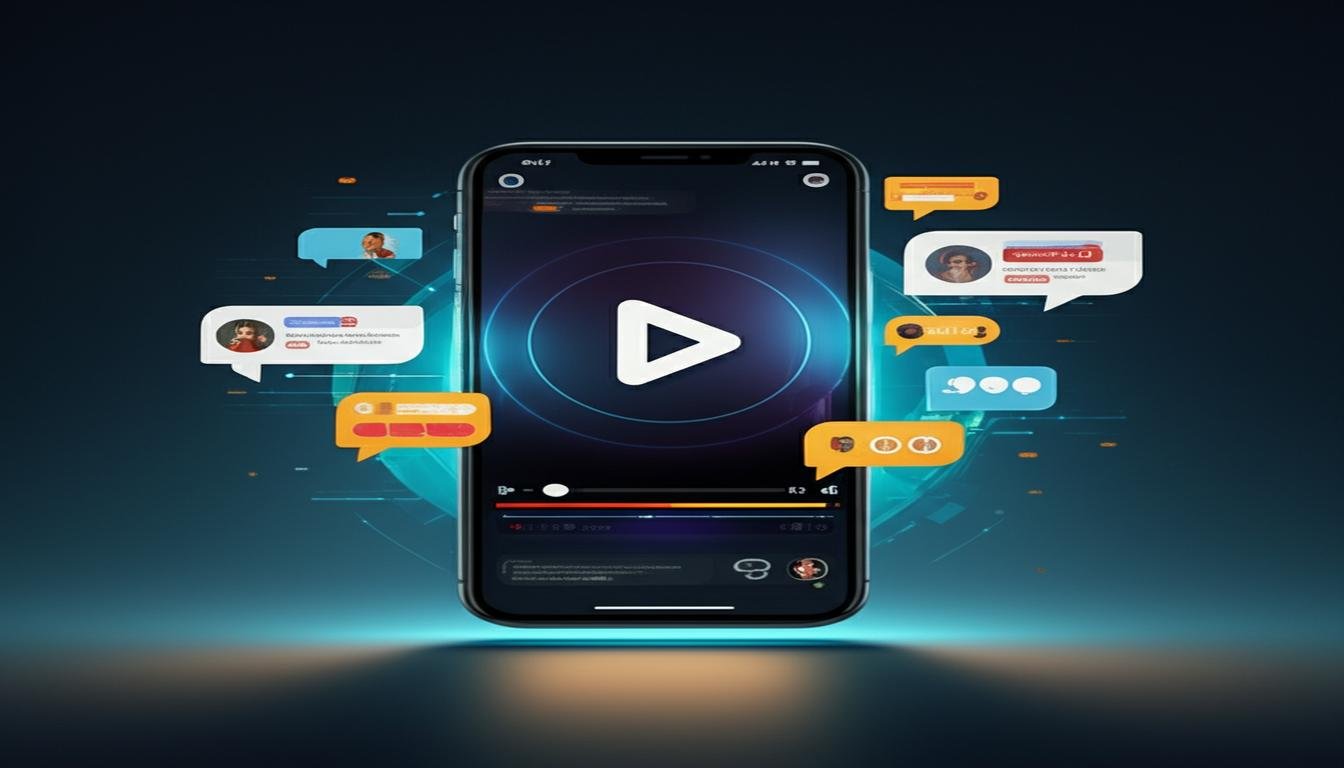Picture this: You’re swamped. Two crucial meetings clashing on your calendar, a deadline looming, and you desperately need to be in two places at once. Sound familiar? We’ve all been there. But what if I told you I found a… solution? One that involved a rather sophisticated digital doppelganger taking my place in a high-stakes Zoom meeting – and get this – nobody, absolutely nobody, even noticed.
The Double-Booking Dilemma and a Crazy Idea
It was a Tuesday. A typically chaotic one. I had a vital client pitch scheduled, but also a mandatory internal team review that I couldn’t miss. Panic started to set in. Then, a thought, half-joking, half-desperate, popped into my head: “What if an AI could just… attend for me?”
I’d been experimenting with some advanced AI tools, especially those focused on generating realistic voice and video. I’d created a basic “digital avatar” of myself for some personal projects, capturing my speech patterns, my typical facial expressions during conversations, even my habit of adjusting my glasses. It was more of a fun side project, until that Tuesday.
Deploying My Digital Stand-In
I decided to take a leap. The internal meeting was mostly status updates and listening. My AI clone, let’s call it “Digital Me,” was programmed with a simple brief: listen, nod appropriately, and if directly addressed with a basic question, provide a generic, positive affirmation like “Sounds good!” or “Agreed.” I also pre-fed it some common phrases I use and the context of our team’s ongoing projects.
I set up a dedicated laptop for Digital Me, connected to the Zoom call, camera on, microphone active (but mostly muted). I muted my own audio on the AI’s machine, only unmuting if I wanted the AI to “speak” based on my remote input. My actual self, meanwhile, was fully engaged in the client pitch on my main computer, heart pounding, wondering if I was about to commit career suicide.
The Meeting: An Eerie Silence, Then Normalcy
From the corner of my eye, I watched the Zoom window. Digital Me was there, looking surprisingly… me. It blinked, it subtly shifted its gaze as others spoke, a digital doppelganger blending into the grid of faces.
Here’s what made it work, I think:
- Passive Participation: Most online meetings involve a lot of listening. Digital Me excelled at this.
- Subtle Cues: Programmed head nods, eye movements, and occasional “thinking” expressions were surprisingly convincing.
- Low Stakes: It wasn’t a debate or a brainstorming session requiring active, spontaneous input.
- Familiarity Bias: My colleagues were used to seeing my face. They likely processed “me” without digging deeper.
Mid-meeting, our team lead, Mark, addressed me directly: “Hey [My Name], any updates on the Q3 report projections?” My actual self, in the middle of a client demo, quickly typed “Sounds on track!” into the AI’s control panel. Digital Me’s mouth moved, my voice (synthesized, but shockingly close) uttered the phrase. Mark just nodded and moved on.
My jaw practically hit the floor. It worked. Nobody batted an eye. The meeting went on, my AI clone an unassuming, participating member.
The Aftermath: A Mix of Awe and Unease
When both meetings finally wrapped up, I logged off. I scrolled through the chat from the internal meeting. Nothing. No “was that you?” or “you looked weird.” It was as if I had been there, fully present, the whole time.
On one hand, it was exhilarating. The sheer potential for efficiency! Imagine offloading routine meetings, or having a digital assistant represent you for quick check-ins. On the other hand, a chill ran down my spine. The ease with which a sophisticated AI could mimic a human presence was unsettling.
Why Did Nobody Notice? The Human Element
Reflecting on it, the success wasn’t just about the AI’s tech, but human behavior:
- Zoom Fatigue: Let’s be honest, we’re often multitasking or half-listening in virtual calls.
- Familiarity: People recognize faces quickly. Subtle imperfections might be attributed to bad Wi-Fi or a bad day.
- Expectation: They expected me to be there, so their brains likely filled in any gaps.
- Limited Interaction: The AI wasn’t asked to engage in complex discussions or express opinions.
This wasn’t a “deepfake” in the malicious sense, but it highlighted how easily our virtual interactions can be… augmented, or even faked, without immediate detection.
The Future of Our Virtual Presence
This experience made me think deeply about the future of remote work and digital identity. Could AI clones become standard for routine tasks? What does it mean for authentic connection if we’re not sure who’s truly on the other side?
AI technology is advancing at a breathtaking pace. Tools that create realistic digital avatars, enhance virtual meetings, or even provide intelligent meeting summaries are already here. The line between real and artificial is blurring, and my little experiment was a stark reminder of that.
Before You Try This At Home…
While my story is a fascinating peek into what’s possible, it also raises important questions about ethics, transparency, and the value of genuine human interaction. Using an AI clone without disclosure might feel like a quick win, but it erodes trust in the long run.
Instead of trying to fool your colleagues, think about how AI can genuinely assist you:
- Automated Note-Taking: AI tools can transcribe meetings and summarize key points.
- Intelligent Scheduling: Let AI handle the back-and-forth of finding meeting times.
- Virtual Backgrounds & Filters: To enhance your presence, not replace it entirely.
My AI clone took over my Zoom meeting, and nobody noticed. It was an eye-opening, slightly terrifying experience. It wasn’t about deception, but about exploring the boundaries. As we navigate the evolving digital landscape, it’s crucial to understand these technologies – not just their capabilities, but their implications for how we work, connect, and even define presence.
The future of virtual communication is here, and it’s more… present… than you might think.









